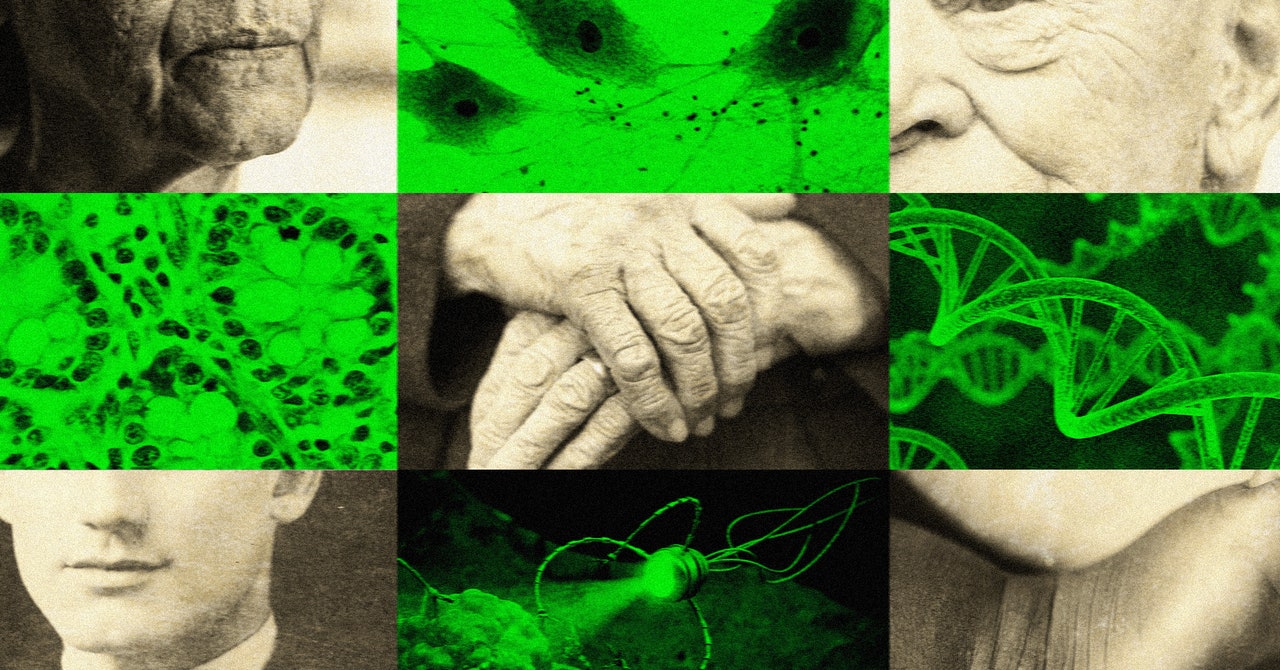I have had many conversations over the years about life extension, and the idea often meets with resistance. People get upset when they hear about an individual whose life is shortened by a disease, but when faced with the possibility of the overall extension of human life, they react negatively. “Life is too hard to think it will go on forever” is a common response. But people generally don’t want to end their lives at any point, unless they are in great pain—physically, mentally, or spiritually. And if they absorbed the continuous improvements of life in all its dimensions, most such afflictions would be alleviated. That is, the extension of human life would also mean its great improvement.
But how will nanotechnology actually make this possible? In my opinion, the long-term goal is medical nanorobots. These will be made of diamond parts with onboard sensors, manipulators, computers, communicators and possibly power supplies. It’s intuitive to imagine nanobots as tiny metallic robotic submarines traversing the bloodstream, but nanoscale physics requires a fundamentally different approach. At this scale, water is a powerful solvent and oxidizing molecules are highly reactive, so strong materials such as diamond will be needed.
And while macroscale submarines can move smoothly through fluids, for nanoscale objects, fluid dynamics are dominated by adhesive frictional forces. Imagine trying to swim through peanut butter! So nanobots will have to use different propulsion principles. Likewise, nanobots probably won’t be able to store enough onboard energy or computing power to accomplish all their tasks independently, so they’ll have to be designed to draw energy from their surroundings and either obey external control signals or cooperate with each other to perform calculations.
To maintain our bodies and fight health problems, we will all need a large number of nanobots, each about the size of a cell. The best available estimates say that the human body consists of several tens of trillions of biological cells. If we add ourselves at just 1 nanobot per 100 cells, that would add up to several hundred billion nanobots. However, it remains to be seen which ratio is optimal. It may turn out, for example, that advanced nanobots can be effective even at a cell-to-nanobot ratio several orders of magnitude larger.
One of the main effects of aging is the degradation of organ performance, so a key role of these nanobots will be to repair and augment them. In addition to expanding our neocortex, this will primarily involve helping our non-sensory organs to efficiently place substances into the blood supply (or lymphatic system) or remove them. By monitoring the supply of these vital substances, adjusting their levels as needed, and maintaining organ structures, nanobots can keep a person’s body in good health indefinitely. Ultimately, nanobots will be able to replace biological organs entirely, if necessary or desired.
But nanobots will not be limited to maintaining normal body function. They can also be used to regulate the concentrations of various substances in our blood to more optimal levels than what normally occurs in the body. Hormones can be modified to give us more energy and focus, or to speed up the body’s natural healing and repair. If hormone optimization could make our sleep more efficient, it would actually be “extending the back life.” If you simply go from needing eight hours of sleep a night to seven hours, that adds as much waking existence to the average lifespan as five more years of life expectancy!
